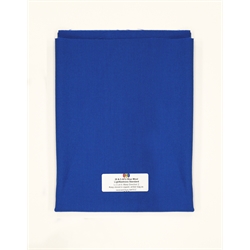Purpose of Test
The colorfastness to burnt gas fumes evaluates the fabric’s resistance to color change and transfer when exposed to the atmospheric oxides of nitrogen from natural gas combustion.
This test can be used for evaluating colorfastness of dyes by following a certain procedure that requires the application of given depths of color and testing the dyed fabrics.
Terminology Defined
Colorfastness – Colorfastness is a fabric’s ability to retain color in various conditions.
Burnt Gas Fumes – The atmospheric oxides nitrogen from the combustion of natural gas.
Gray Scale for Color Change – The scale used in measuring the color changes of textiles after undergoing colorfastness tests.

Standard of Fading – The AATCC fabric used to calibrate and identify the colorfastness for this method.

Test Method
Materials Used for Test
- Test specimen
- Exposure Chamber
- Standard of Fading
- Gray Scale for Color Change
- Natural Gas
- Urea Solution
- Mineral Spirits
- Perchloroethylene
- Trichloroethylene
Testing Procedure
The test specimen and a test control fabric are exposed simultaneously to burnt gas fumes until color change appears. The assessment is completed with the help of the AATCC Gray Scale for Color Change.
Test Procedure (Summary)
Part 1: Suspension of the test specimen and control fabric: Both the test specimen and control fabric are suspended in the test chamber and exposed to burnt gas flames. The fabrics are left exposed until an apparent color change appears.
Part 2: Comparison to the Gray Scale for Color Change: The test fabrics are removed from the chamber and immediately assessed with the use of AATCC Gray Scale for Color Change.
If the fabrics don’t fade or show any color changes, the process is repeated until there is visible color fading.